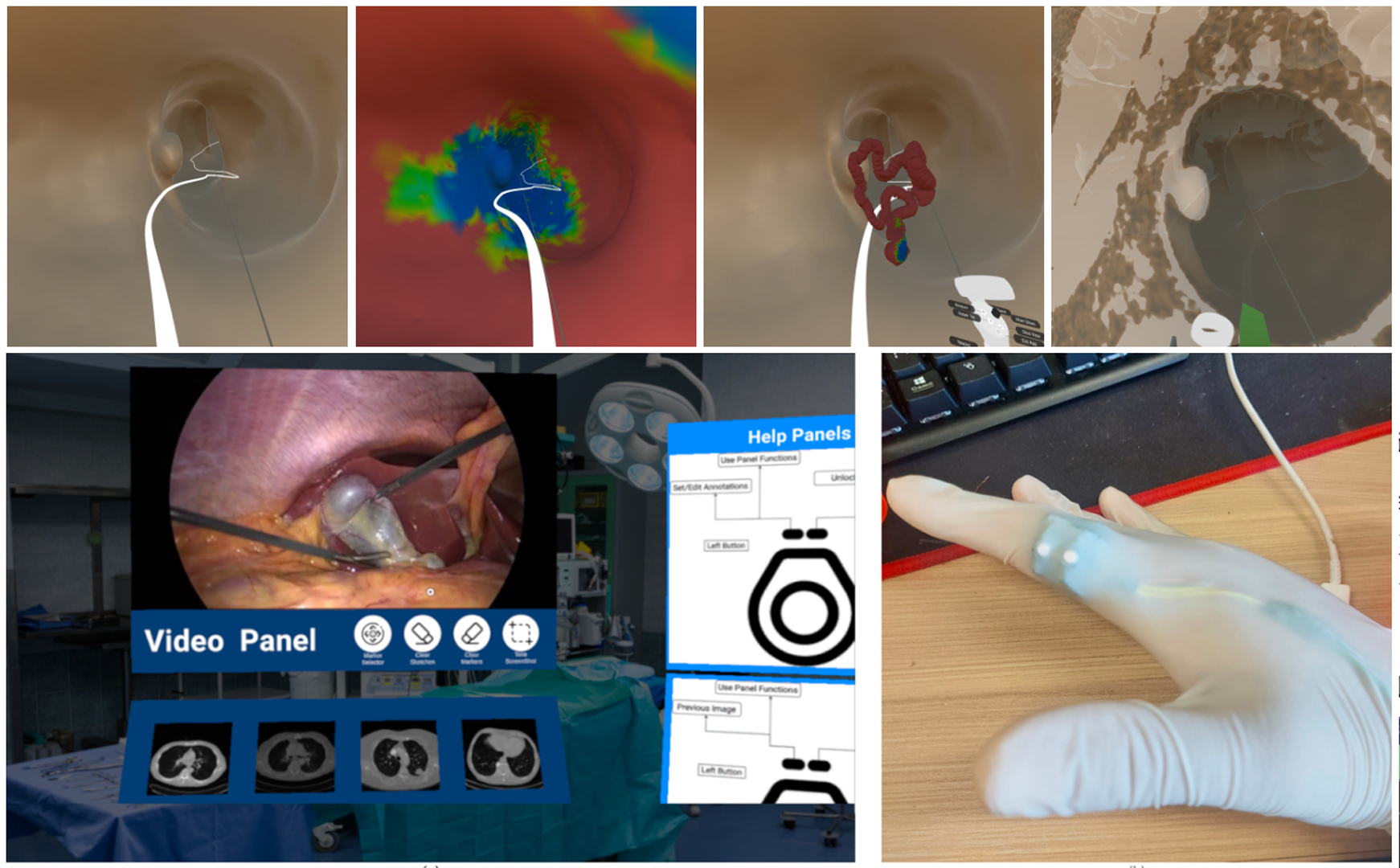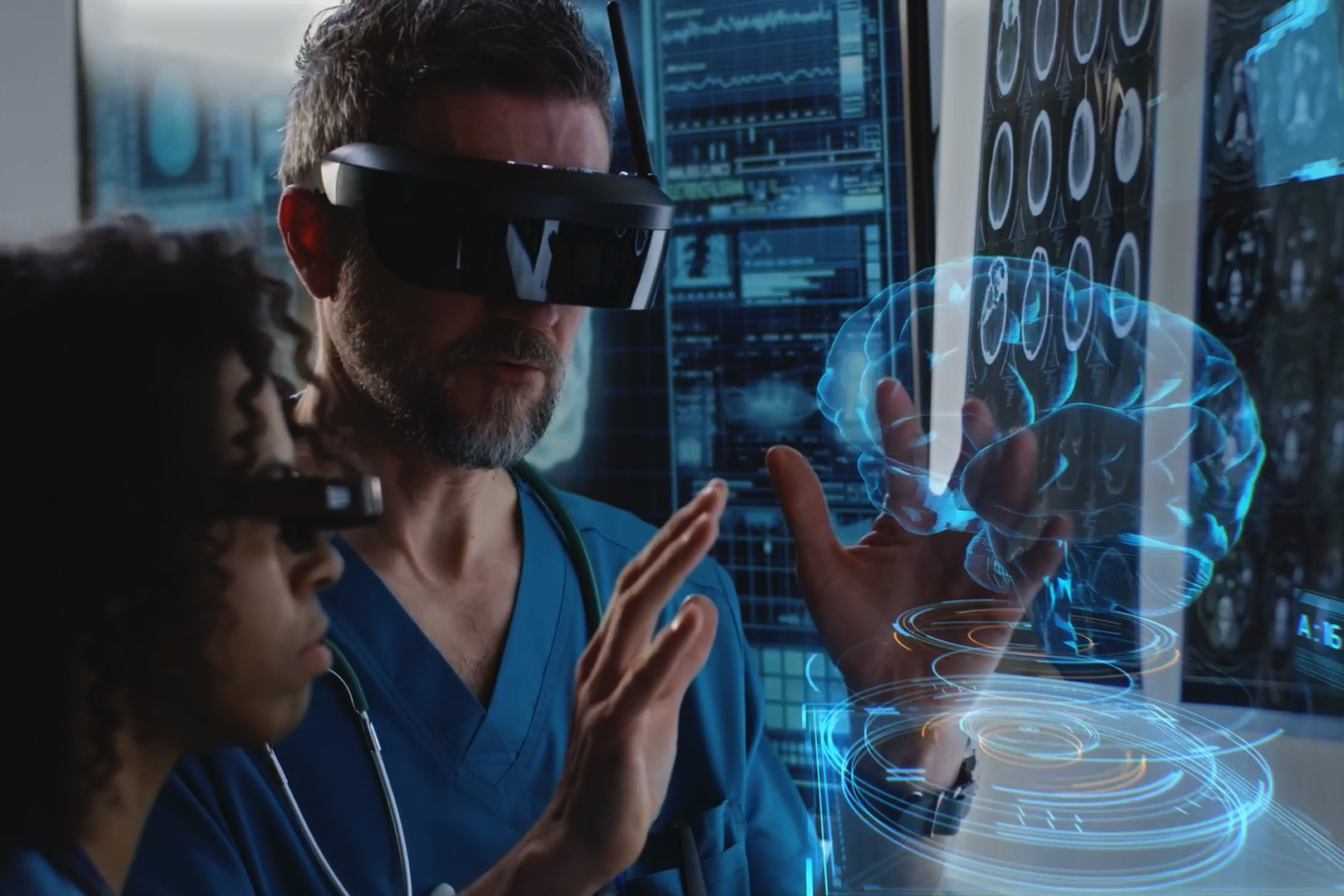“Approaches and Challenges in XR and AI for Health Applications” by Moreira, Maciel, Pereira and Kopper
Conference:
Type(s):
Title:
- Approaches and Challenges in XR and AI for Health Applications
Presenter(s)/Author(s):
Moderator(s):
Abstract:
With the recent advances in VR and AR display technology, many interactive graphics applications have been deployed to aid healthcare professionals in training, diagnosis, planning, and treatment. Sufficient advances have been made in the area to motivate a course that brings awareness and triggers new ideas within the graphics community. VR and AR systems use medical images as a source to model the human anatomy and place it in a virtual world, where three-dimensional and natural interaction allows for visualization and manipulation of such models in healthcare scenarios. However, VR and AR are conceptually different, and each is more suitable for a separate class of problems. VR is immersive, blocking contact with reality and transporting the user to another world – inside the body, for instance. It is suitable to explore and learn anatomy, learn surgical skills, plan complex surgical interventions, simulate communication with patients in the office, and analyzing 3D medical data in radiology. AR, in turn, let the users stay where they are, to see the physical environment and peers, at the same time that a layer of helpful information is added to the scene. Real objects such as a table can serve as support to virtual augmentations such as physiological holograms, views from inside the body, and pre-operative data can be overlaid to the operation theater, allowing the more efficient exchange of information with assistants and trainees. In robotic surgery, virtual reconstructions of organs are registered in place to help guide tumor extraction. However, several challenges still prevent us from spreading this technology to the world scale. Among them are nonstandard equipment, funny interfaces, disorientation, fatigue, nausea, high latency, and poor real-time graphics. The course will overview the current advances and challenges in this area also in combination with novel AI techniques.






